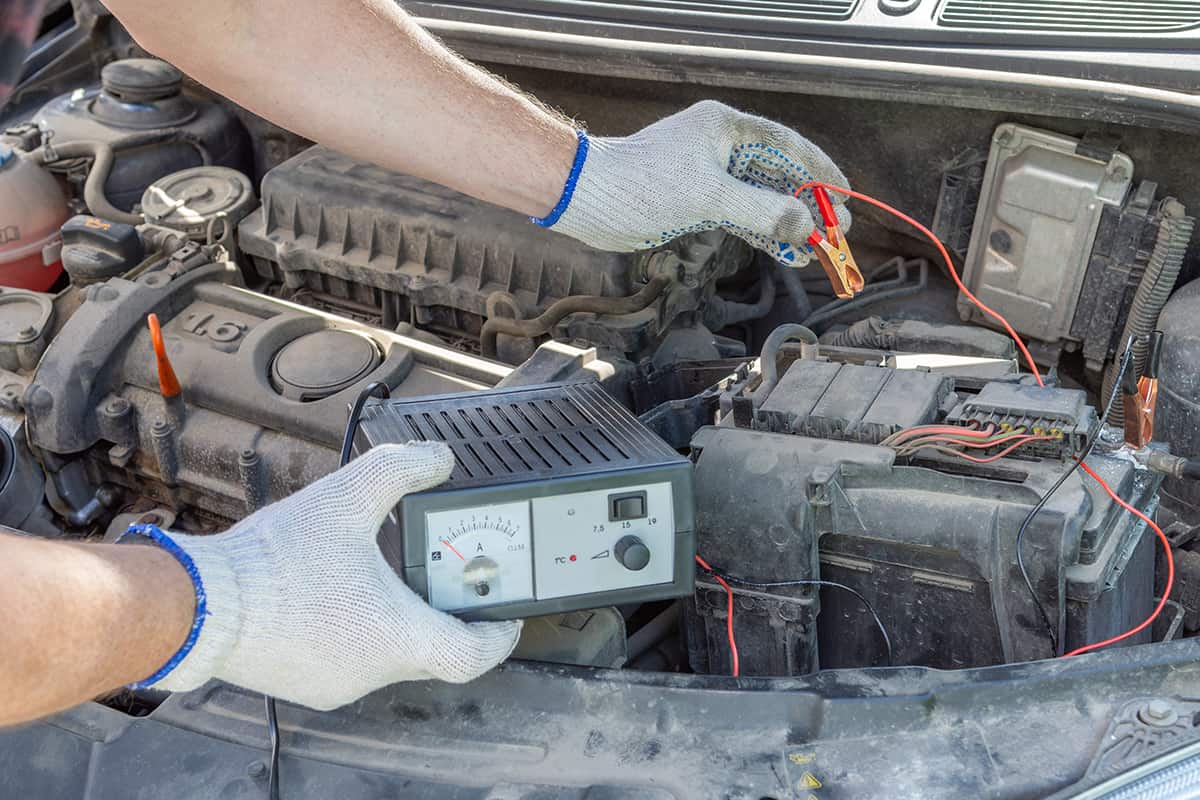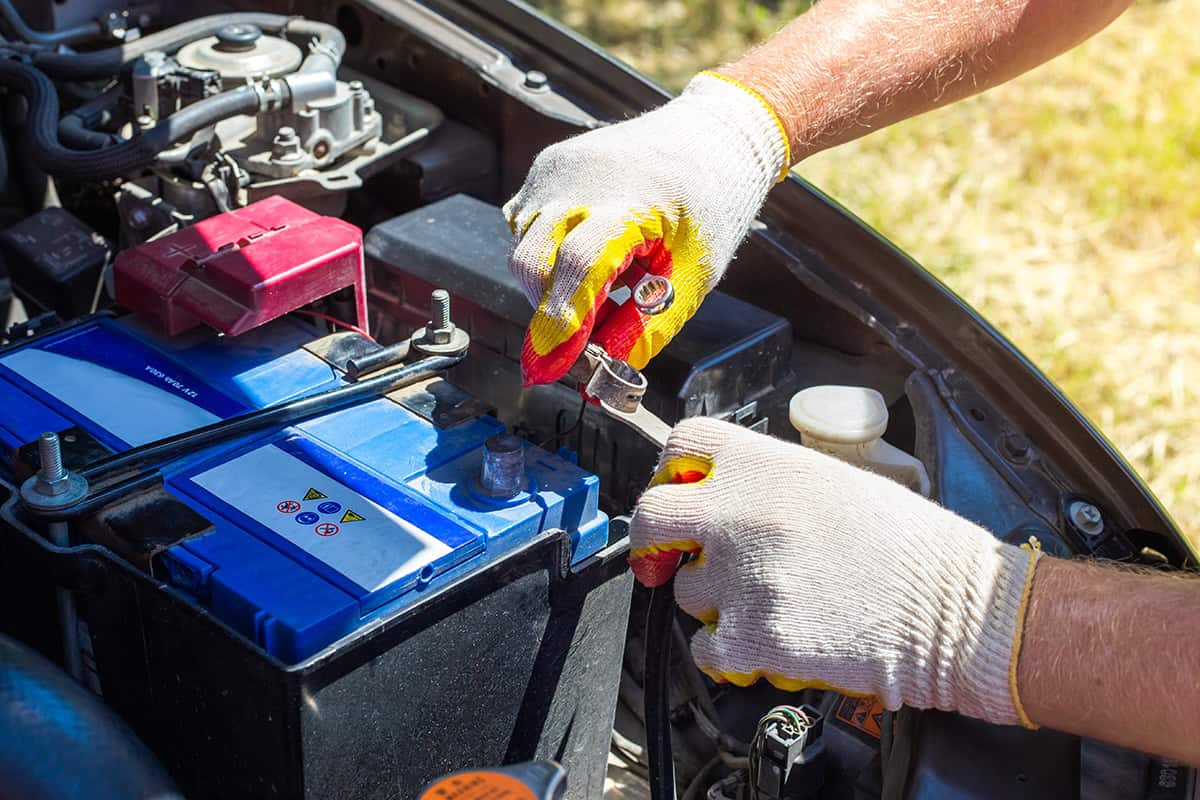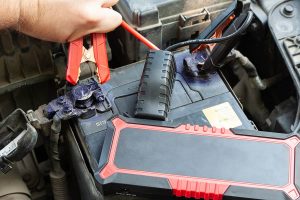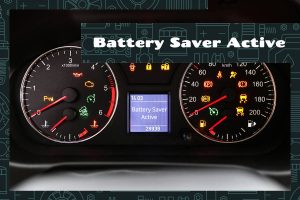Parasitic drain is a common yet often overlooked issue that vehicle owners might encounter. Many might experience the telltale signs – a car that won’t start, a battery that keeps dying – but remain unaware of the underlying issue. This guide aims to demystify the concept of the parasitic drain, illuminating its causes and discussing its potential impacts on your vehicle’s health.
Parasitic drain is a condition where your vehicle’s battery drains even when the engine is off. Causes include electronics left on, faulty wiring, malfunctioning alternators, old batteries, or infrequent use of the vehicle. Fixing a parasitic drain usually costs up to $200, but it depends on the severity of the issue.
In the following sections, we’ll delve into how you can identify signs of a parasitic drain in your vehicle, discuss preventative measures, and provide insights into repair costs.
What Is Parasitic Drain?

Parasitic drain, also known as parasitic battery drain or parasitic load, is a term used in the automotive world to describe a situation where your vehicle’s battery continues to discharge even when the ignition is switched off.
This discharge happens due to devices or components in your vehicle that continue to draw power from the battery when they shouldn’t. In a properly functioning vehicle, the amount of power that devices draw when the ignition is off is minimal.
However, in cases of the parasitic drain, the power drain is significant enough to deplete the battery, often leading to issues like a dead battery or a vehicle that won’t start.
Causes of Parasitic Drain
As we’ve mentioned before, parasitic drain occurs when your vehicle’s battery discharges while the ignition is off. But what triggers this? The causes can vary widely, ranging from simple mistakes to more complex mechanical issues. Let’s explore the most common causes in detail.
1. Electronic Components Left On
One of the simplest and most common causes of the parasitic drain is leaving electronic components on when the vehicle is off. For instance, if you leave your car’s lights on overnight, they can drain the battery. The same applies to other accessories like the radio, air conditioning, or even a phone charger left in the power outlet. While these devices might not cause a significant drain over a short period, leaving them on for extended durations can lead to a noticeable battery discharge.
2. Faulty Wiring
Faulty wiring is another common cause of parasitic drain. This typically occurs when the insulation on the wiring wears out, leading to short circuits. When this happens, the electrical current bypasses the intended path, causing an increased power drain that can lead to battery discharge.
3. Malfunctioning Alternators
The alternator recharges the battery while the engine is running and supplying power to the vehicle’s systems. However, a malfunctioning alternator can be a source of parasitic drain.
If the alternator’s diode fails, it can cause a power drain on the battery. This is because the faulty diode may not fully block current from flowing in the wrong direction, draining the battery when the engine is off.
4. Old Batteries
Older batteries may also develop internal shorts that cause them to discharge more quickly. As a result, an old or worn-out battery may not hold a charge as well as it once did, leading to a higher chance of experiencing parasitic drain.
5. Vehicle Computers and Control Modules
Modern vehicles are equipped with numerous computers and control modules that manage various systems, from the engine and transmission to the entertainment and navigation systems. These computers continue to draw power from the battery even when the vehicle is off, which is normal to an extent.
However, if these systems do not go into sleep or low-power mode when they should, they can cause a significant power drain on the battery, leading to a parasitic drain. This is usually due to a software issue or a malfunction in the control module.
6. Infrequent Use of Vehicle
If you use your vehicle infrequently, it could be more susceptible to parasitic drain. This is because the vehicle’s battery naturally discharges over time, and without the engine running regularly to recharge the battery, a parasitic drain can speed up this process.
Symptoms of Parasitic Drain
Parasitic drain is not a problem that can be easily seen, but its effects are certainly noticeable. The following are key symptoms to look out for that can help you identify a potential parasitic drain issue.
1. Unexplained Battery Drain
If your vehicle’s battery is repeatedly dead or weak in the morning or after being parked for a while, this is a strong indication of a parasitic drain. Although car batteries can naturally degrade over time, sudden or recurring unexplained battery discharge is typically a sign of an issue.
2. Difficulty Starting the Vehicle
If the engine takes longer than usual to turn over or the vehicle only starts after several attempts, it may be due to a weakened battery caused by a parasitic drain.
3. Dashboard Warning Lights
Certain warning lights on your vehicle’s dashboard can indicate a problem with the electrical system, such as the battery warning light or the check engine light. If these lights illuminate or flash, it could be a sign of various issues, including parasitic drain.
However, dashboard warning lights can be triggered by numerous other problems, so you should have your vehicle inspected by a professional to determine the exact cause.
4. Dim or Flickering Lights
The lights in your vehicle draw power directly from the battery. If there’s a parasitic drain, there might not be enough power for the lights to function correctly, leading to dimming or flickering.
The Cost of Repairing Parasitic Drain

The cost associated with repairing a parasitic drain can vary significantly based on a variety of factors, such as the severity of the problem, the specific components involved, and labor rates in your area.
Factors that Influence Repair Cost
Several elements can impact the cost of repairing parasitic drains:
- The specific source of the drain plays a significant role. If the issue is a simple one, such as an electronic device left on, the cost could be minimal or even nonexistent as you only need to switch off the device. However, if the drain is caused by faulty wiring or a malfunctioning alternator, the cost could increase substantially due to the need for replacement parts and labor.
- Labor costs can vary greatly depending on where you live and the specific auto repair shop you choose. Some shops charge a flat rate for diagnosis and repair, while others bill based on the time spent. It’s also worth noting that specialty or luxury vehicles can often be more expensive to diagnose and repair due to their complex electrical systems and higher-priced parts.
- If your battery has been severely drained multiple times or is old, it may need to be replaced. Battery replacement costs can vary based on the type of battery your vehicle requires.
A Breakdown of Typical Repair Costs
While costs can vary greatly, let’s look at some rough estimates for common repair procedures associated with parasitic drain:
- Battery replacement: Depending on the type and size, a new car battery can range from $50 to $200. The labor cost for installing a new battery can range from $20 to $100.
- Alternator replacement: The average cost of an alternator can range from $200 to $600. With labor included, total costs can range from $300 to $900.
- Wiring repair: For minor wiring repairs, costs can start at around $100 but can rise to several hundred dollars for complex or extensive issues.
- Diagnosis: The cost to diagnose parasitic drain can range from $50 to $100, though some repair shops may waive this cost if you choose to have the repairs done there.






